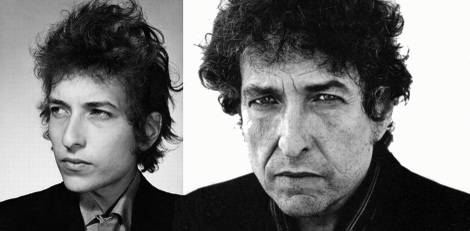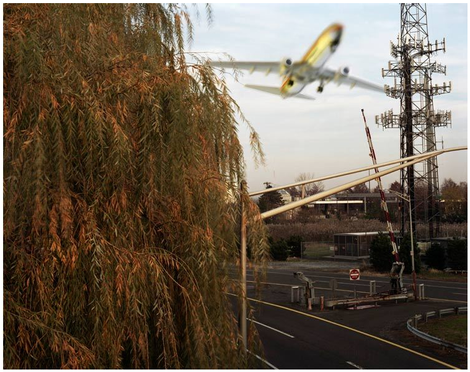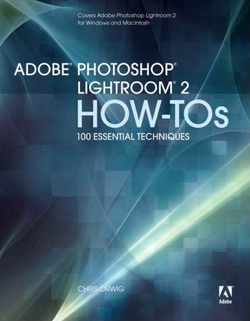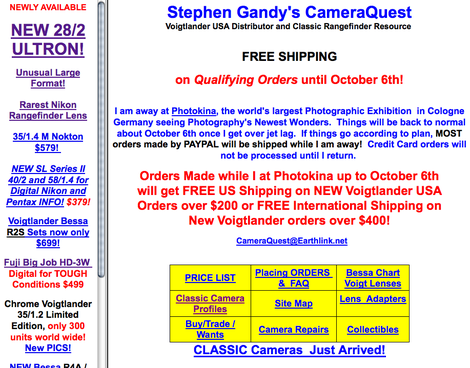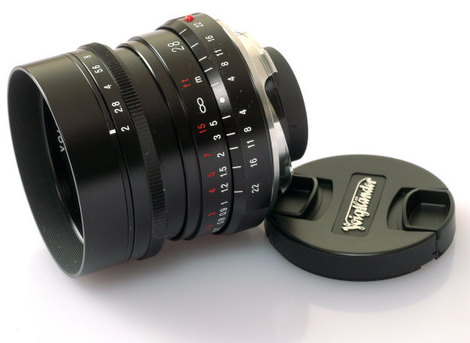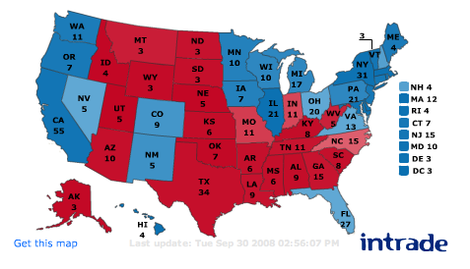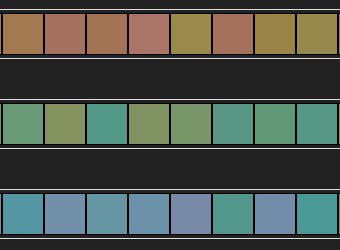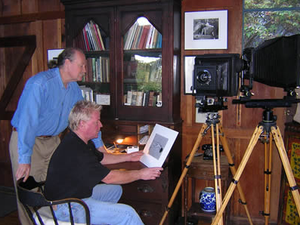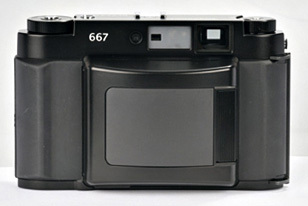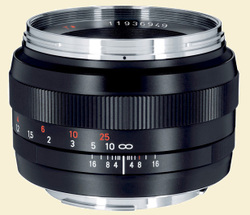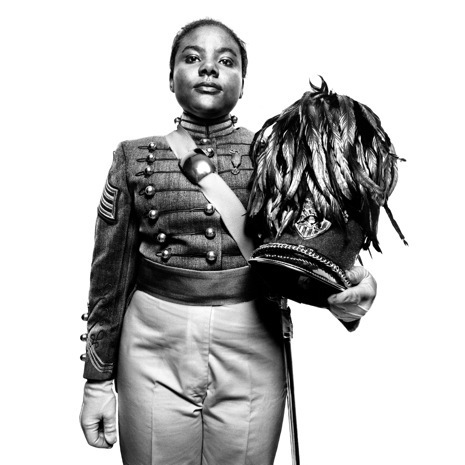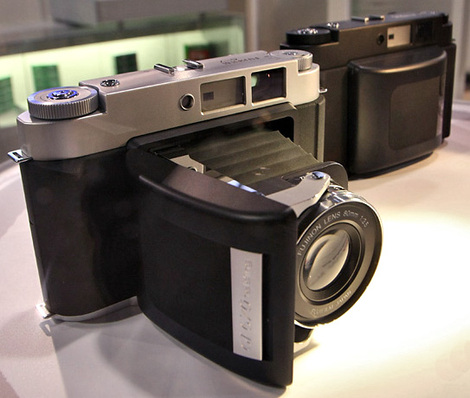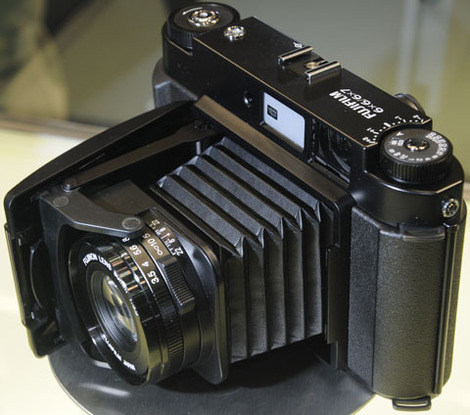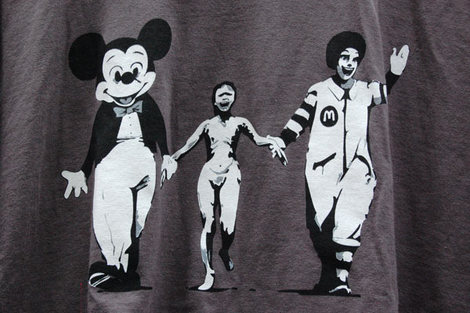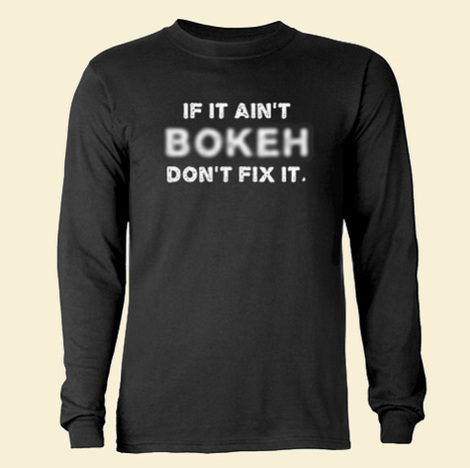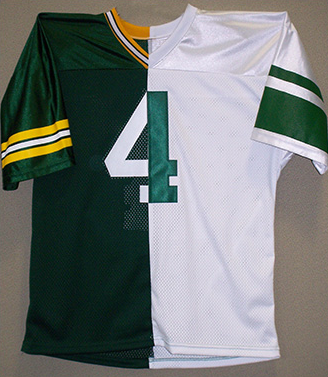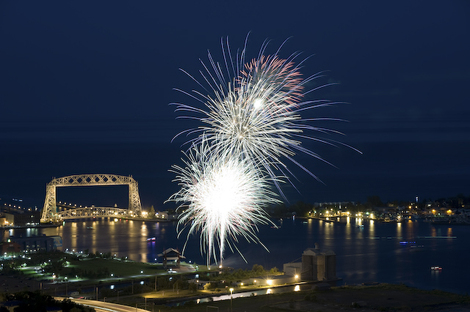
By Christopher Lane
I acquired Nikon's new D700 on the day it was released. That day I made over 100 images with the camera under various lighting conditions. Frankly, I had a hard time putting it down. As of this writing, I have been living with the D700 about two months, and according to my image counter have made about 5,000 images. I think the D700 is a nearly flawless camera and here's why.
on the day it was released. That day I made over 100 images with the camera under various lighting conditions. Frankly, I had a hard time putting it down. As of this writing, I have been living with the D700 about two months, and according to my image counter have made about 5,000 images. I think the D700 is a nearly flawless camera and here's why.
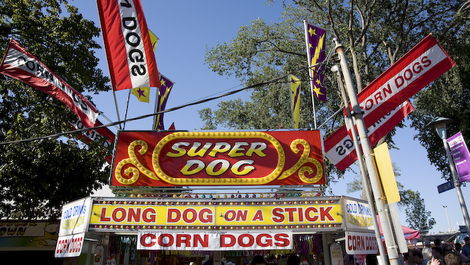
Ergonomics
I've used DSLRs from Pentax, Nikon and Canon. In addition, I've tried out a lot of others, including Olympus. In my hands, Nikons have the best combination of ergonomics of any manufacturer's cameras, and the D700 is no exception. The D700 retains the D300/200 arrangement of WB/QUAL/ISO buttons. Although the D3's layout may be preferable to a pro, this works much better for me. The OFF/ON switch is on the top of the camera surrounding the shutter button, where it should be. I also like the instant access to shooting modes and exposure compensation afforded by the D700's buttons and wheels. The diopter adjustment is the easiest I've ever used. The back of the camera is sculpted to fit my hands perfectly. All in all a real joy to use.
Features
The D700 shares some features with its larger sibling and adds some new ones. First, of course, is the big, bright viewfinder. Although the coverage is a bit less than the D3 (95% vs. 100%), that is a very small bone to pick. I also appreciate the extended dynamic range afforded by Active-D Lighting and the flexibility of Picture Control which allows you to custom design settings. For example, I have created one that mimics Tri-X.
In addition to all the D3's goodies, the D700 adds a couple of things I really missed on the D3.
- Grid display: I use a grid display whenever possible to assist me in composition. While this feature can be set via a menu on the D300, it was missing on the D3. I am overjoyed to have it back.
- Sensor cleaning: These days when sensor cleaning systems are ubiquitous, I was pretty surprised that the $5,000 D3 was lacking one. Fortunately, Nikon remedied this on the D700.
Autofocus
Like the D3, the D700 has a very complex autofocus system. On the back of the camera the user must select one of three settings:
- Auto-area AF (The camera uses all focus areas and automatically selects the correct focus points.)
- Dynamic-area AF (The user manually selects one of the fifty-one focus points, however the camera uses information from multiple focus areas to determine focus. You can choose between 9 points, 21 points, 51 points or 51 points with 3D tracking.)
- Single-area AF (The user manually selects one of the fifty-one focus areas.)
On the front of the camera the user must also select one of three settings:
- Single servo AF (AF-S) ( The camera focuses when the shutter release button is half pressed and locks.)
- Continuous servo AF (AF-C) (The camera will focus continuously while the shutter release button.)
- Manual Focus
Getting the right combination with so many options can be quite tricky. The fact there are four different point settings adds to the confusion. I am still experimenting to get my preferred settings. I can report that I do not use the single-area mode.
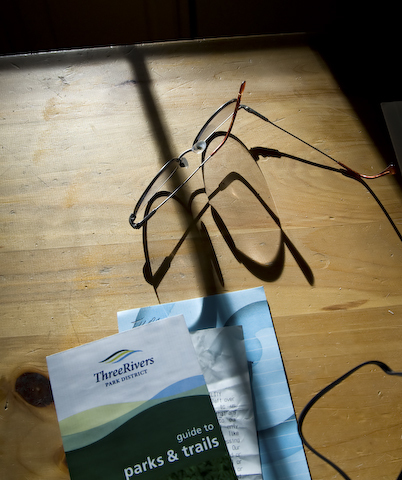
Image quality
Another thing the D700 has in common with the D3 is its 12.1 megapixel sensor and Expeed image processing system. The result is that the D700 delivers superior image quality equal to the D3's. White balance and color rendition are the same, if not improved a bit.
High ISOs
I continue to be amazed at the images that come out of this DSLR. I have shot as high as ISO 25,500 and while an image taken at that setting would not be publishable as artwork, it could certainly be used for photojournalism with the use of some noise reduction software. Images at less than ISO 6400 are very clean as you can see below.
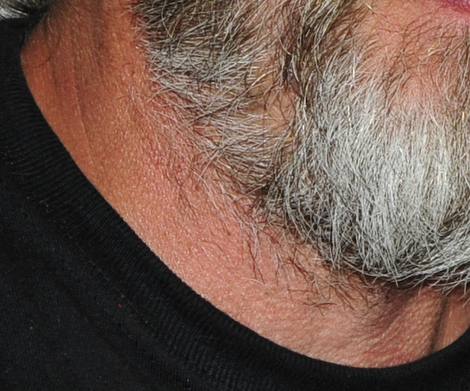
ISO 900
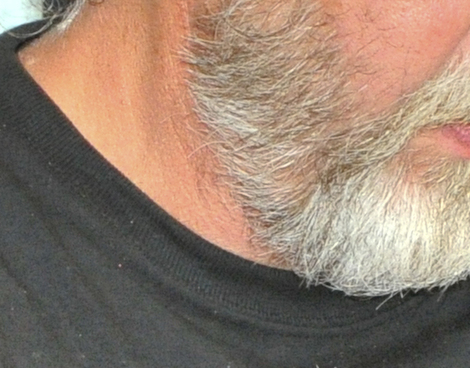
ISO 3200
The Bad News
Like the D300 and D3, the D700 is no compact lightweight. Even mounted with the relatively compact Nikkor 50mm ƒ/1.4, the camera weighs nearly 3 pounds without battery. It is quite large and does not fit nicely in a small case for transport. I carried it around the Minnesota State Fair for three hours and I was pretty darn tired.
The D700 also suffers from something that every Nikon does. Nikon's fast primes (24/35/50/85) have not been updated since the mid-1990s. That means they lack AF-S and a lot of other improvements in lens design. As of this writing Nikon has announced a new 50mm ƒ/1.4 prime that will ship in December. What will happen with the remainder of the line remains to be seen.
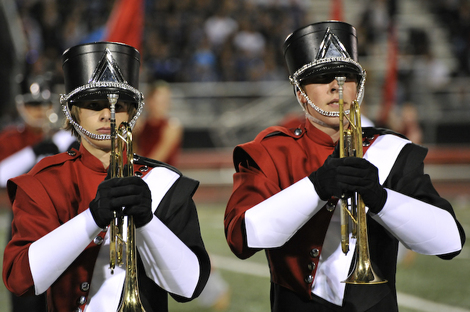
The bottom line
Even after two months, I think Nikon's new D700 DSLR is the most perfect camera that I have
ever held in my hands, and I've held a lot of them. In terms of
features, ergonomics, build quality, image quality, and gestalt, I can
find no fault with it. It is a state-of-the art-imaging tool that for me continues to be well worth
its price tag.
______________________
Chris
Featured Comment by Aaron Spence: "I must agree with Chris; the D700 is a stunning camera.
"Not since my high school days with the good old Nikon F-801's (N8008) from the late '80s with their high eyepoint viewfinders & great ergonomics have I been so happy with a camera.
"I primarily shoot georeferenced high rez panoramic virtual tours, but I also do stills for display homes and tourism.
"Up until recently I shot the architectural work on the Kodak SLR/n fullframe 14MP Nikon-bodied camera. A real dog I know, but capable of good results if used very slow & kindly.
"I've wanted to move to a D200/D300 etc. for still shooting for a long while, but there is no lens capable of the results the Nikon 17–35mm ƒ/2.8 achieves. I'd looked at the 12–24 Nikon among others, but to no avail. I wasn't about to spring for a D3 to shoot something I don't do a lot of, so I'd given up and resigned myself to the Kodak. Then Nikon pulled the D700 out of nowhere.
"The D700 has revolutionised my shooting, allowing me to shoot lifestyle/selective focus stuff by hand at up to 1600 ISO and still have more DR & quality than the SLR/n had at 160.
"In fact my first commercial use of the camera I shot 500 hand held images in 100 minutes in 5 display homes, not intending to use the images for anything other than testing and record shots to come back and do the 'proper' photos. Once I got the images into lightroom though...I soon realised they were good images, not just demo shots. I decided to show the 'demo' images to the client. They were overjoyed...so I already had the 'proper' shots. Saved me a huge amount of time right there.
"As someone who's owned a Nikon FE, Nikon F-801's (N8008), D1x, Kodak SLR/n, D200, D300 + a number of other SLRs & compacts both film & digital I finally feel like I have the perfect camera.
"I'm also shooting panoramic virtual tours with the D700 + Nikon 16mm fisheye...the perfect combo for amazing quality panoramic work."
Featured Comment by Eric Ford: "I agree with Chris, too. The purchase price of the D700 was very painful for me. Oh, I could afford it, but it seemed outrageously high: how could I explain it to any sane friend or family member? The more I shoot with it, the more that initial price tag seems unimportant. The camera effortlessly smokes any other camera I've used, in every way from operability to image quality. The weight is irritating for sure, and the lens lineup is sorely lacking on the wide-normal end. But on the body/sensor end, I finally feel that I have Arrived. My previous DSLRs always felt like stopgaps on the way to the right camera—this one does not."
